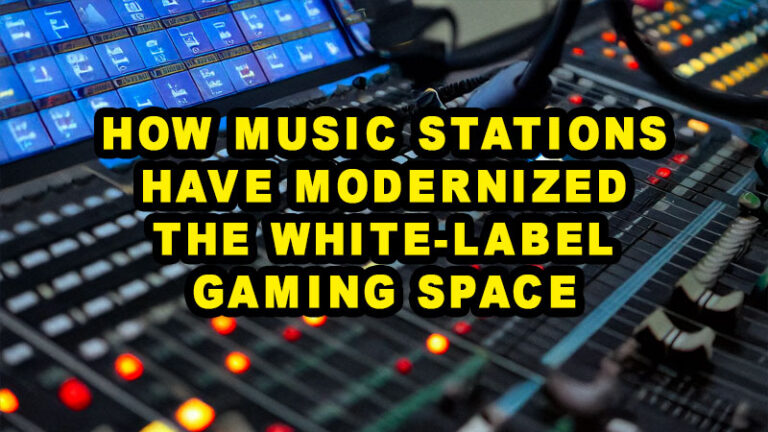Blockchain is recasting the terms of how artists obtain their rights and receive royalties, clarifying what was previously vague and slow. With tokenization, smart contracts and immutable ledgers, rights-owners and artists are finally receiving a more equal share of music industry revenues.
The music sector has long been criticized for being slow in paying royalties, unclear in claims of ownership and reliant on intermediaries. Blockchain will rectify this by creating clear, mutable records of ownership and streamlining royalty streams. Supplementing such initiatives, stakeholders are utilizing tools such as crypto charts to monitor the performance of royalty tokens and advancements in NFT-based rights markets in real time.
Transparency and Immutable Ownership
One of blockchain’s distinguishing features is that it creates indelible permanent records of transactions that cannot be amended. This, in turn, makes it feasible to create proof of authorship and a more absolute determination of ownership. As such, artists can, in theory, register their work safely on blockchains, creating irrefutable proofs of when they created it and who has what rights.
Binance Co-Founder Yi He summarized this revolution: “Crypto isn’t just the future of finance; it’s already reshaping the system, one day at a time.” The same trend is also spreading to the world of music, as the technology brings to light formerly opaque processes.
Furthermore, such public ledgers could resolve copyright disputes, as anyone with the key could track licensing and usage events. Already, some platforms are tokenizing music copyrights so that parts of master recordings or associated rights could be fractioned and rights holders (writers, producers, et al.) receive proportional royalties. A good example is when Story Protocol recently announced a move to tokenize Maroon 5 and Katy Perry’s hits.
Smart Contracts and Royalty Automation
A smart contract is a computer-programmed agreement that acts automatically when certain terms are met. In music, it can automate royalty payments. Whenever a song is played, licensed or sampled, timely payment can be initiated without human intermediation.
Another innovation is the tokenization of royalty income, where rights-owners may fractionate a portion of royalties into tradable tokens or NFTs. Those who possess such claims automatically receive income streams, including streaming and licensing, proportional to their share.
New Fan-Artist Models
Blockchain innovations open up new opportunities for enthusiasts to financially support artists. Through music NFTs, you can purchase limited editions, invest in royalty shares on a song or receive special privileges. These could be songs yet to be released, equipment or behind-the-scenes footage.
One of the key advancements noted by ICE Services is an agreement involving over 330,000 rights holders via the music streaming platform Audius, which provides them with a more direct means of receiving royalties for music use. That indicates the number of blockchain-based solutions already in use.
Statistics, Market Data and Emerging Trends
Binance Research noted broader digital asset trends: “Ethereum is becoming the institutional favourite, almost catching up with Bitcoin in ETF inflows and securing its place as crypto’s yield-bearing backbone.” This increasing institutional support for Ethereum also underscores why smart contract chains are being seen as a safe foundation upon which value chains, such as music rights, can be built.
In another scenario, Gala Music announces that its in-built token, $MUSIC, will have a maximum supply of 1 billion tokens, of which 150 million will be available initially. A portion of those rewards goes to artists, NFT holders and ecosystem players; minting and burn mechanisms accompany platform utilization.
Challenges and Considerations
While it holds much promise, blockchain models of rights in music and royalties also pose several issues. Cryptocurrency volatility can impact revenue and royalty token value streams, posing challenges for artists who rely on stable revenue streams. Getting smart contracts coded correctly and establishing all rights-holders pertinent to a work (e.g., collaborations, samples) are complex issues, as a single mistake in coding or attribution can give rise to disputes or unpaid royalties.
Another degree of complication lies in regulatory regimes. Rights law, licensing regimes and protection of IPs differ markedly across jurisdictions, with regimes in the majority being in a state of transition as a reaction to tokenized IPs and residual smart-contract obligations. More countries are now setting more defined rules for digital assets, while others remain cautious, further frustrating global harmonization.
Cross-border enforcement issues also arise in what-if scenarios when an artist in one country sells a tokenized fraction of royalty to a consumer in another. Still, there is a disagreement under a different set of legal systems. Where no regimes exist, inconsistencies will reduce confidence and adoption within the music sector.
Blockchain disrupts music rights and royalty management, offering transparency, efficiency and new value-sharing models. While automation of industry segments through the use of smart contracts, tokenization of ownership, and new interfaces of artists and fans are revolutionizing segments of it, scaling them adequately will necessitate crossing legal, technological and economic barriers. Global marketplaces appear due for a revolution and data supplied by institutions like Binance show that foundational pieces are being firmly laid.





